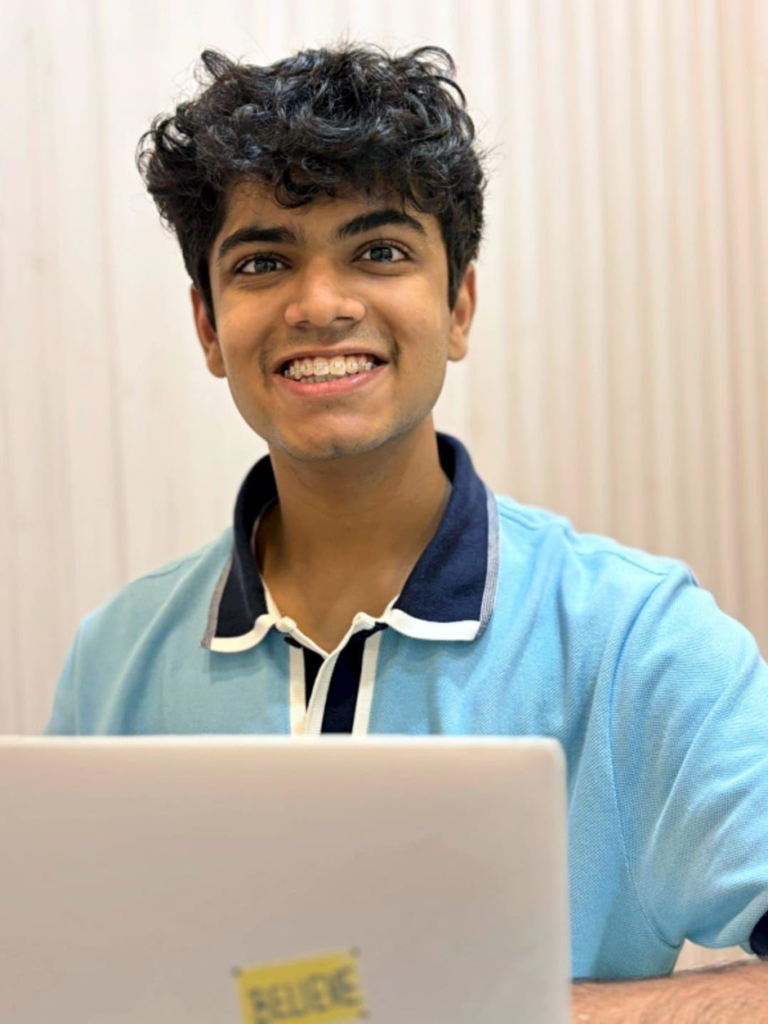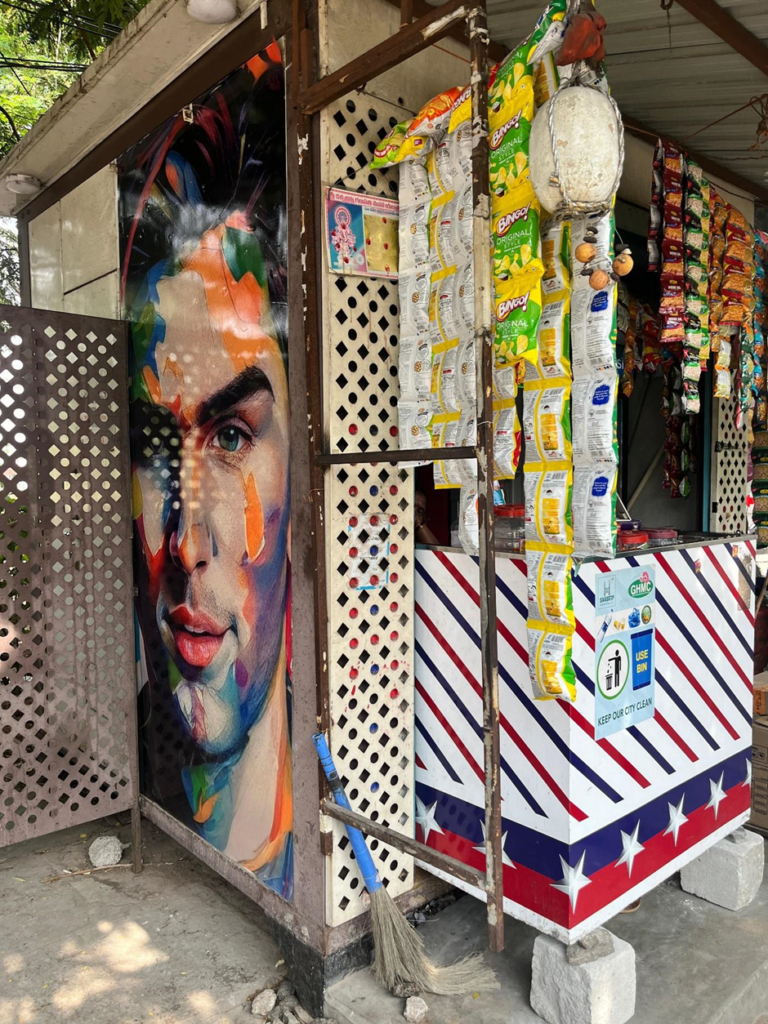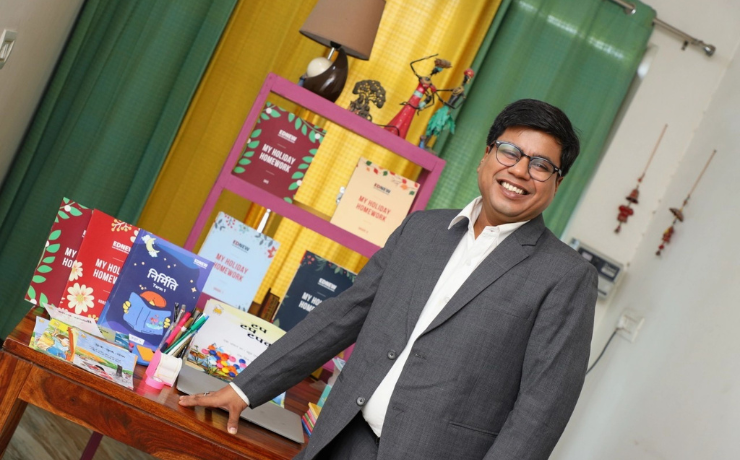In the heart of India, LooCafe stands as a symbol of transformative innovation, rewriting the narrative of public hygiene. Founded by visionary Abhishek Nath in 2019, LooCafe is a testament to the power of a simple idea to revolutionize an entire industry. In a recent interview, Vedant Nath, leading Innovation, Technology, and Marketing at LooCafe, and Shambavi Mishra discussed the initiative’s evolution and its significant impact on changing the landscape of public toilets in India.
Driven by Abhishek’s expertise in facility management, LooCafe was born out of the critical gap in public sanitation despite the Swachh Bharat Mission’s push for cleanliness. The first LooCafe in Telangana, Hyderabad, began a journey toward improved sanitation and hygiene in public spaces.

LooCafe operates on a unique public-private partnership model, collaborating with the government to provide clean and well-maintained facilities. This patented and trademarked product of Ixora Group, a pioneer in healthcare and waste management, has been well-received, transforming the public restroom experience and contributing to a cleaner, more hygienic India.


Can you shed some light on how LooCafe came into existence?
LooCafe, conceptualized in 2018 by our founder Abhishek Ravinder Nath, emerged as a response to the critical issue of open defecation and public urination in India. The Swachh Bharat Mission highlighted the urgent need for accessible public toilets in a country with a population of 1.4 billion.
What sets LooCafe apart from traditional public toilets?
LooCafe is not just about toilets; it’s a luxury public washroom concept designed to transform public sanitation. It operates on a patented innovation by Ixora Group, introducing free-to-use ‘IoT ’-based luxury smart washrooms with a café. This unique approach helps combat open defecation while providing additional facilities and a sustainable model.

Can you elaborate on LooCafe’s patented innovations and innovative features?
LooCafe’s patented innovation includes the introduction of smart washrooms built from shipping containers. These smart facilities have a point of sale attached and incorporate RFID janitor attendance, footfall sensors, feedback support, water level sensors, and even a stink sensor. This technology-driven approach ensures a seamless and hygienic user experience.
Speaking of sustainability, how does LooCafe ensure its business model remains sustainable?
LooCafe’s sustainability lies in its business model. Revenue generated from the attached café or point of sale supports the maintenance and sustainability of the public toilets. This unique approach addresses the need for public restrooms and ensures a self-sustaining system.
What were LooCafe’s responses to the challenges posed by the COVID-19 pandemic? What innovations were introduced with LooCafe 2.0?
In response to the pandemic, we launched LooCafe 2.0, incorporating innovative sanitizing features. This included UV copper-coated flooring, an IoT-based misting exhaust system, and a shoe disinfection mechanism. These measures aimed to enhance user safety and hygiene during these challenging times.

How does LooCafe keep public toilets going with its café model?
LooCafe runs on an innovative and sustainable model. The money from the café or sales keeps the public toilets up and running – a win-win for everyone.
Collaboration seems to be critical to LooCafe’s success. Can you share insights into your partnerships with institutions and government bodies?
We’ve worked with institutions like the British Council, participated in events like Hyderabad Design Week, and collaborated with the Greater Hyderabad Municipal Corporation (GHMC). These partnerships broaden our reach and enhance our impact on public sanitation.
What else has LooCafé brought to the table, making India cleaner and more hygienic?
LooCafé shook things up with smart washrooms and even added a café! It’s not just a bathroom; it’s a whole experience making India a cleaner and more hygienic place.
QUOTES BY VEDANTH:
- “Our business model focuses on sustainability, with a coin of sale attached to three public toilets, ensuring a continuous revenue stream.”
- “Facing setbacks during the pandemic, we supported our network of small businesses, demonstrating resilience and commitment to our mission.”
- “Loo Cafe is not just about public toilets; it’s about creating a paradigm shift in how sanitation, water, and hygiene are perceived globally.”
- “Government collaboration is vital; they provide us with space, and we bring in the toilets, fostering a partnership to address a nationwide need.”
- “Looking ahead to 2024, our goal is to expand to 1000 or 2000 units, reaching new states and introducing ground-breaking innovations like the G2RT.”
- “Loo Cafe aims to disrupt the traditional WC market, not only in public toilets but also in households, introducing a zero-discharge toilet system.”
- “As a socially responsible company, we seek to incubate start-ups in the wash space, fostering innovation and creating sustainable solutions for water, hygiene, and waste.”

































